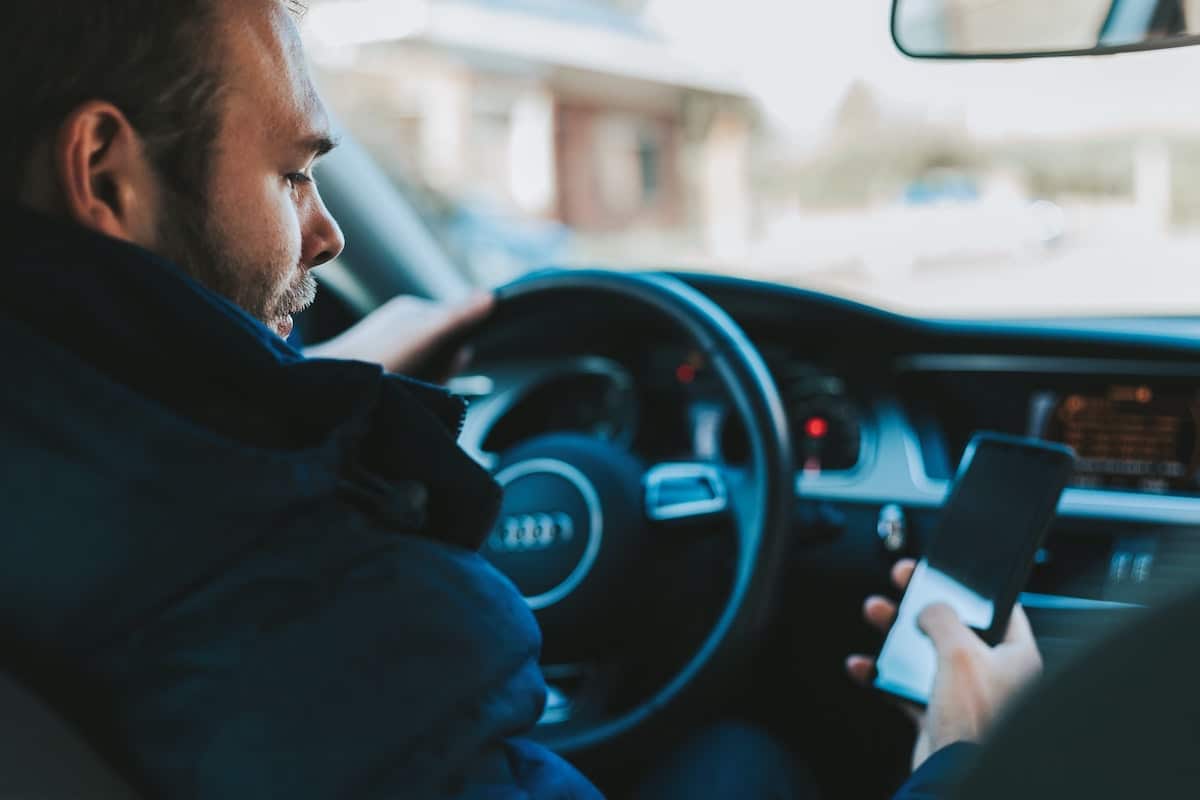Most new drivers know that holding a phone close to their ear and answering calls while driving a vehicle is against any law. However, while messaging use of speakerphones makes them feel safe, and yet this is unlawful.
To stay out of trouble, here are a few legal practices that you must be aware of. All these practices are taught by good driving schools in Australia, whether you’ve applied for a P1 license, full license, or L-plate. The driving instructors at Ltrent Driving School make sure that you are fully aware of how to use your mobile phone while driving.
Illegal Mobile Phone Habits
Touch your phone while driving: It is illegal if you are swiping your phone to open a text or answer a call. The legal way to make or answer your phone calls is by using Bluetooth hands-free or voice-activation technology.
Never answer your calls in Traffic Jams or at a red light: Although this might sound safe, the laws need your eyes and attention on the road at all times. If you want to check your phone, even for a second, you need to park it in a proper place, out of the traffic line.
Answer a call with the phone in your lap: You cannot touch your phone while driving other than when passing it to a fellow passenger.
Navigate on your phone while driving: This is illegal, and thus you need to set the desired destination before you start.
Talking photos or selfies: Even while you are at a traffic signal, you cannot take videos, photos, or selfies.
However, here are some of the things you can do while driving with your phone:
Hands-free for making calls: Using Bluetooth or voice-activation technology while the phone is in your pocket or cradle is legally allowed.
Answer your call and pass it to the fellow passenger: This is legal. You can answer your call and pass it on to anyone who is seated next to you.
Commercially designed and manufactured phone holder: Dashboard and cup holders do not count, as these phone holders need to be fixed to your car and should not obscure your road view at any time.
If you were caught driving while using your mobile phone, your license will be restricted including P1 and P2, and learner drivers or riders. Emphasis is on using Bluetooth and hands-free functions for the safety of the drivers as well as the other riders, drivers, pedestrians, cyclists, and more.
By now you might be wondering why Bluetooth and GPS are okay to use. That is because mobile phone poses a higher risk to new drivers than the in-built GPS. The other query that arises is whether the co-passenger can use the mobile phone while the driver is driving the car.
The co-passenger can use the mobile phone and have video calls as long as the driver is not distracted. This could also hold the passenger responsible for any mishap. Thus, one must take driving lessons from a reputed and experienced driving school.


